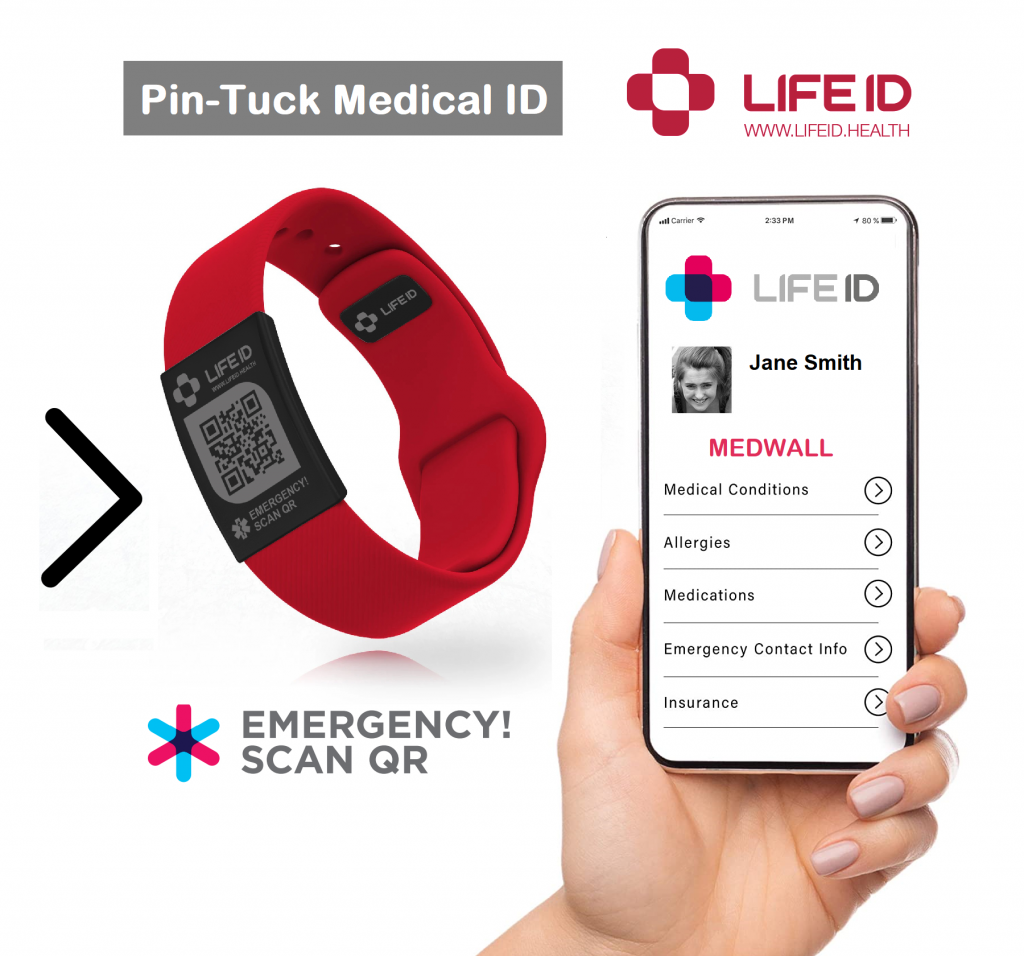
Everything you need to know about concussion
This article investigates the causes, treatments, and diagnosis of concussion. Concussion is also known as mild brain injury, mild traumatic brain injury, mild head injury, and minor head trauma.
In 2009, there were 446,788 sports-related head injuries treated in hospital emergency rooms in the United States.
Some experts define concussion as a head injury with temporary loss of brain function, which can cause cognitive, physical, and emotional symptoms.
Concussion may also be defined as an injury to the brain, often caused by a jolt, or blow to the head. In the majority of cases, the individual does not lose consciousness.
This MNT Knowledge Center article will look at how to spot a concussion, how they are treated, and ways to avoid becoming concussed.
Fast facts on concussions
- Usually, concussions are caused by a jolt or blow to the head.
- Some research shows that the effects of a concussion on cognitive ability can still be measured 30 years later.
- Initial symptoms might include dizziness, slurred speech, and amnesia.
Signs
Signs of concussion may not be noticeable straight away.
Signs of a concussion that can be noticed immediately include:
- loss of consciousness
- confusion
- a headache
- slurred speech
- dizziness
- ringing in the ears
- nausea
- vomiting
- amnesia
- tiredness
Non-immediate symptoms
The following symptoms may not be noticeable for several hours or even days:
- amnesia
- depression
- disturbed sleep
- sensitivity to sounds
- irritability
- lack of concentration or focus
- moodiness
- sensitivity to light
Serious symptoms that need immediate attention
The following signs and symptoms of concussion may be linked to a more serious injury, and immediate medical help should be sought:
- prolonged headache
- prolonged dizziness
- dilated of different-sized pupils
- prolonged nausea and vomiting
- consistent memory loss
- ringing in the ears
- loss of sense of smell or taste
In children
Concussion signs and symptoms are most difficult to detect in very young children because they cannot explain how they feel. Signs may include:
- lethargy and listlessness
- irritability
- changing sleeping patterns
- altered appetite
- walking or standing unsteadily, or any signs of balance and dizziness problems
Serious signs in children
The following signs usually mean the child needs immediate medical attention:
- loss of consciousness
- after attempting to stem the bleeding, a cut continues to bleed
- any change in the way the child walks
- bleeding from the ears or nose
- blurred vision
- confusion
- continuous crying
- seizure
- discharge from the ears or nose
- dizziness
- loss of appetite
- prolonged headache
- prolonged irritability
- prolonged listlessness, fatigue, and lethargy
- repeated or forceful vomiting
- slurred speech
- worsening headache
Diagnosis
If an individual has experienced a severe jolt or blow to the head that has left them dazed, confused, or wobbly, they have concussion.
Determining the severity of the concussion is more difficult because the signs may not be evident. A report published in The American Journal of Sports Medicine explains that athletes.
Conclusion
We hope you found this article helpful. At LIFEID, we want to help keep you safe. That’s why we recommend one of our medical ID bracelets, Apple watch sleeves, or watch accessories, which can speak for you in the case of an emergency. Our medical IDs can also help keep track of your medications and inform your emergency contacts in an emergency as well. Find out more below:
ABOUT LIFE ID
The Ultimate Medical ID. More Than Just A Few Engraved Lines: Many health conditions require more than a couple words to explain. Each LIFE ID product links to your online profile where you can store unlimited medical information for free
Use Coupon Code 10BUCKSOFF And Get $10 Off Any LIFE ID Today!

